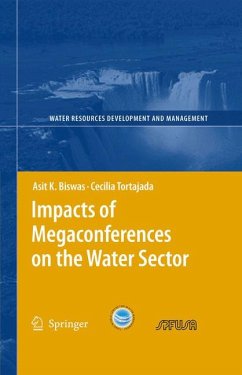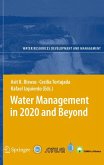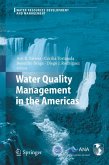The book is the first pioneering study to assess the impacts of the megaconferences on water policies, programmes and projects at global, regional and national levels. The results are bleak. The evaluation indicated that except for the UN Water Conference, held in Argentina in 1977, the impacts of the subsequent megaconferences have been at best marginal in terms of knowledge generation and synthesis, poverty alleviation, and/or environmental conservation.
Dieser Download kann aus rechtlichen Gründen nur mit Rechnungsadresse in A, B, BG, CY, CZ, D, DK, EW, E, FIN, F, GR, HR, H, IRL, I, LT, L, LR, M, NL, PL, P, R, S, SLO, SK ausgeliefert werden.









